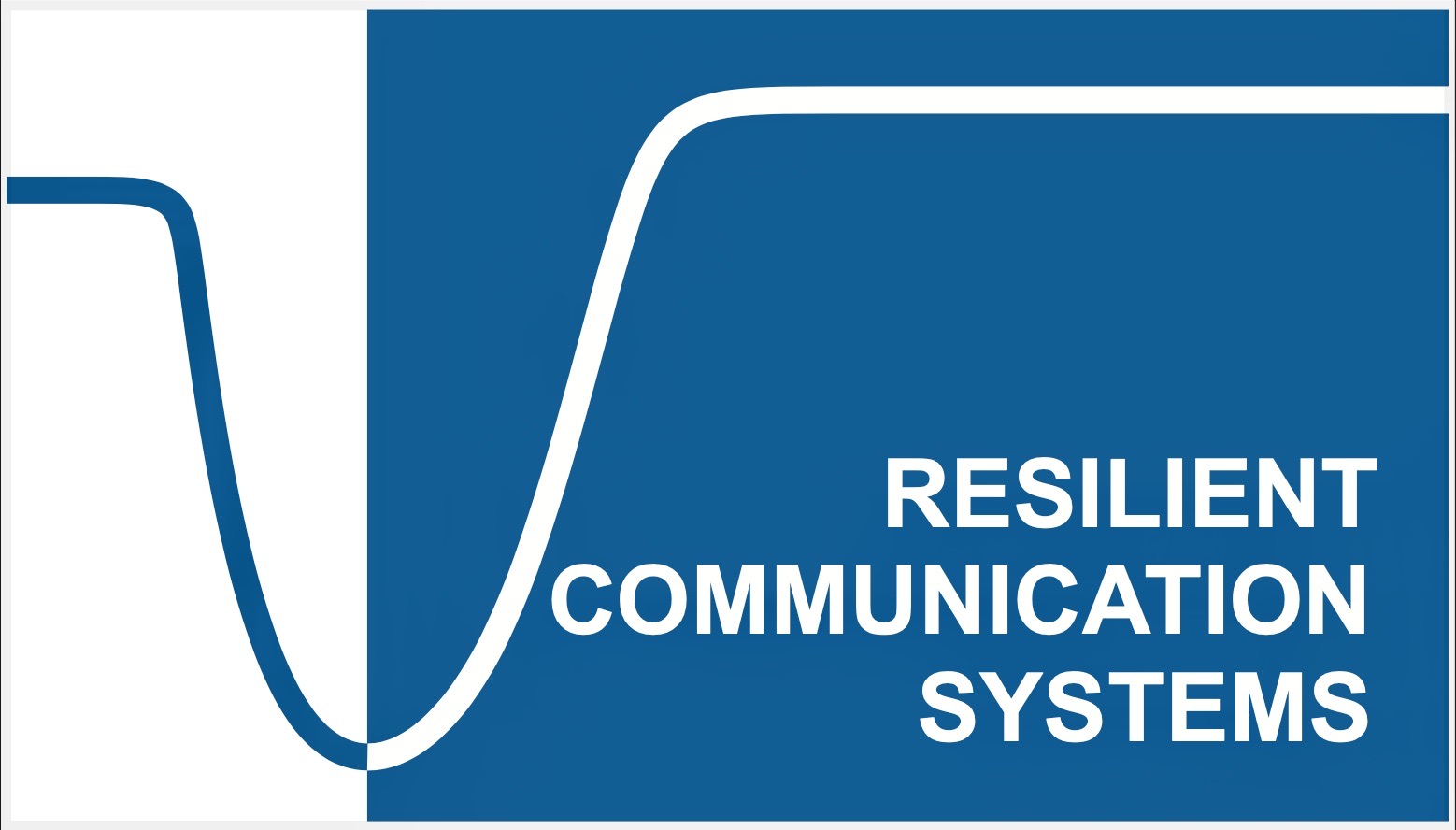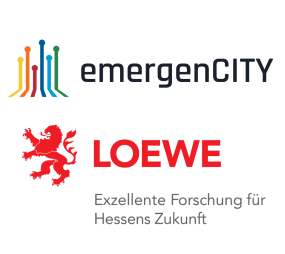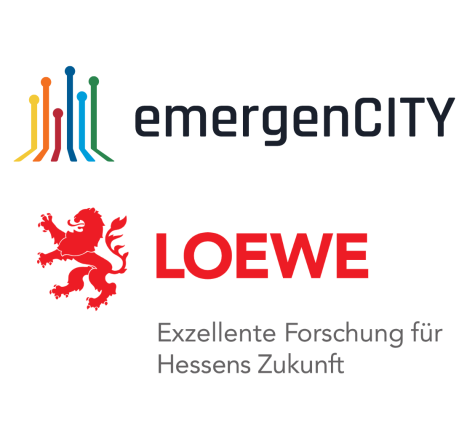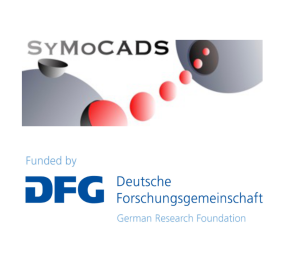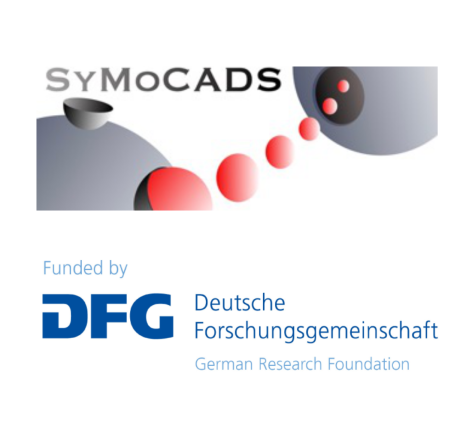Communication in Crisis
Communication networks are an essential part of our social community, and they play a vital role in our daily lives. Therefore, it is crucial to ensure that our communication networks are always available. However, current communication networks are susceptible to natural disasters, malicious attacks, and technology-based abnormalities/failures that may have severe and disruptive consequences, albeit rare.
To address such infrequent but high-impact crises, our focus should be on designing communication networks that are resilient, capable of withstanding such events while maintaining a minimum level of service. Achieving this functionality requires redundancy, diversity, and additional capabilities, such as sensing, monitoring, estimation, self-learning, prediction, and optimization techniques.
While existing communication networks prioritize maximum efficiency and cost-effectiveness under well-defined conditions, a resilient design should proactively address potential failures, including rare ones. As such, we study and analyze possible solutions to address these failures in our design.
Reconfigurable Radio Environment
Reconfigurable Intelligent Surfaces (RISs) are expected to play a key role in the development of 6G wireless communication systems. They are a new class of engineered surfaces that can manipulate electromagnetic waves to propagate them. These surfaces are composed of a large number of small, electrically controllable elements that can be programmed to reflect, refract, or absorb electromagnetic waves in specific ways.
RISs technology has the potential to revolutionize wireless communication by enabling more reliable and resilient communication links, particularly in environments where traditional wireless technologies struggle to provide a stable connection. For example, RISs can help to mitigate signal interference, improve signal strength and coverage, and enhance the resilience of wireless transmissions, even in blockage areas.
We are interested in the fundamental performance limits of RIS-assisted wireless communication systems. Moreover, we develop practical strategies for low-overhead and efficient configuration of extremely large RISs. Furthermore, we are interested in experimental verification of the proposed algorithms and theoretical results on real-world experimental platforms.
Distributed Radar Sensing
Our research focuses on enabling radar sensors to work together as intelligent, distributed networks. Instead of relying on a single system, we develop methods that allow multiple radar units which are distributed across an area, to jointly detect and track objects like people, vehicles, or drones with high accuracy.
These networks don’t just sense, they also communicate. By integrating radar sensing with wireless communication, we design systems that can share information efficiently, even when communication is unreliable or limited. This allows the network to remain functional and accurate, even under challenging conditions.
Applications include smart infrastructure, autonomous systems, and emergency services, where accurate sensing and reliable communication must go hand in hand.
Synthetic Molecular Communications
Synthetic molecular communication (SMC) is a new communication engineering paradigm. The main characteristic of MC systems is that information is embedded in the properties of signaling molecules, e.g., their number, type, and time of release by the transmitter, which is in contrast to the conventional communication systems that embed information in the properties of electromagnetic waves, e.g., their amplitude, frequency, and phase.
SMC systems are envisioned to enable revolutionary applications, e.g., sensing of a target substance in biotechnology, targeted drug delivery in medicine, and monitoring of oil pipelines or chemical reactors in industrial applications.
We study bio-inspired concepts for SMCs. In particular, we aim at understanding key concepts developed in nature for molecular communications, translating them into abstract communication-theoretical models, which are subsequently employed in the design of algorithms for information embedding (e.g., modulation) and information recovery (e.g., detection). Moreover, in collaboration with experts in related fields such as biology, nanotechnology, medicine, etc., we develop experimental SMC testbeds that are used for verifying/refining the proposed algorithms and theoretical models.
Current Projects
-
![]()
![]()
LOEWE Center EmergenCITY -- Emergency Responsive Digital Cities
The LOEWE center emergenCITY is researching resilient infrastructures of digital cities that can withstand crises and disasters. emergenCITY is led by Technische Universität Darmstadt, Universität Kassel, and Philipps-Universität Marburg as well as the Federal Office of Civil Protection and Disaster Assistance and the City of Darmstadt.
-
![]()
![]()
SFB MAKI -- Multi-Mechanisms Adaptation for the Future Internet
MAKI is a Collaborative Research Centre (CRC) funded by the German Research Foundation (DFG). At MAKI, innovative concepts have been developed for the communication systems of the future that feature more adaptivity to changes, particularly during ongoing operations.
-
![]()
![]()
GRK SyMoCADS : Synthetic Molecular Communications Across Different Scales -- From Theory to Experiments
SyMoCADS project is a DFG-funded graduate school at Friedrich-Alexander-Universität Erlangen-Nürnberg where TU Darmstadt is involved as a participating institution. In SyMoCADS, the first generation of doctoral researchers will receive structured training in the emerging interdisciplinary field of MC.
-
![]()
![]()
BMBF Collaborative Project IoBNT -- Internet of Bio-Nano-Things
IoBNT is a BMBF-funded collaborative project among TU Darmstadt and TU Berlin, TU München, TU Dresden, FAU, Universität zu Lübeck und DFKI. The IoBNT is tailored to coordinate monitoring and actuation in the human body through a communication platform that connects nanodevices and external gateways. Potential applications include precision medicine and microscale industrial applications.
Selected Publications
For a full and updated list of publications, refer to this Google-Scholar Link
- V. Jamali, H. M. Loos, A. Buettner, R. Schober, and H. Vincent Poor, “Olfaction-inspired MCs: Molecule mixture shift keying and cross-reactive receptor arrays,” IEEE Trans. Communications, vol. 71, no. 4, pp. 1894-1911, April 2023. read more
- X. Yu, V. Jamali, D. Xu, D. W. K. Ng and R. Schober, “Smart and reconfigurable wireless communications: From IRS modeling to algorithm design,” IEEE Wireless Communications Magazine, vol. 28, no. 6, pp. 118-125, 2021.read more
- M. Sánchez-Fernández, V. Jamali, J. Llorca, and A. M. Tulino, “Gridless multidimensional angle-of-arrival estimation for arbitrary 3D antenna arrays,” IEEE Trans. Wireless Communications, vol. 20, no. 7, pp. 4748–4764, 2021. read more
- M. Najafi, V. Jamali, R. Schober, and H. V. Poor, “Physics-based modeling and scalable optimization of large intelligent reflecting surfaces,” IEEE Trans. Communications, vol. 69, no. 4, pp. 2673–2691, 2021.read more
- C. A. Söldner, E. Socher, V. Jamali, W. Wicke, A. Ahmadzadeh, H.-G. Breitinger, A. Burkovski, K. Castiglione, R. Schober, and H. Sticht, “A survey of biological building blocks for synthetic molecular communication systems,” IEEE Communications Surveys & Tutorials, vol. 22, no. 4, pp. 2765-2800, Fourthquarter, 2020. read more
- V. Jamali, A. Ahmadzadeh, W. Wicke, A. Noel, and R. Schober, “Channel modeling for diffusive molecular communication—A tutorial review,” Proceedings of the IEEE, vol. 107, no. 7, pp. 1256–1301, 2019. read more
- V. Jamali, N. Farsad, R. Schober, and A. Goldsmith, “Diffusive molecular communications with reactive molecules: Channel modeling and signal design,” IEEE Trans. Molecular, Biological and Multi- Scale Communications, vol. 4, no. 3, pp. 171–188, 2018. read more
- V. Jamali, A. Ahmadzadeh, C. Jardin, H. Sticht, and R. Schober, “Channel estimation for diffusive molecular communications,” IEEE Trans. Communications, vol. 64, no. 10, pp. 4238–4252, 2016. read more
- V. Jamali, N. Zlatanov, A. Ikhlef, and R. Schober, “Achievable rate region of the bidirectional buffer-aided relay channel with block fading,” IEEE Trans. Information Theory, vol. 60, no. 11, pp. 7090–7111, 2014. read more
Open PhD/Postdoc Positions
General Application Procedure
We are actively looking for self-motivated PhD/postdoc applicants with strong background in communication and/or information theory and signal processing. Interested applicants are invited to send their applications, including an updated CV and a cover letter, to vahid.jamali@tu-….


